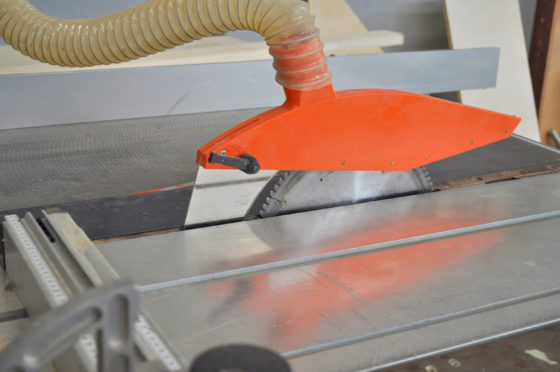BCIT’s Joinery Department is aiming to change safety culture with thorough student training and an award-winning safety orientation manual.

Photo credit: iStock.com/silviacrisman
David Dunn, associate dean of Building Design and Construction Trades at the B.C. Institute of Technology (BCIT), knows just how important investing in safety documentation is — and now that investment has paid off.
David and his team in BCIT’s Joinery Department won the WorkSafeBC Safety Innovation Award at the 2018 AWMAC Awards of Excellence for their safety orientation manual that includes safe work procedures for every piece of powered equipment in the Joinery shop.
“We’ve always done really well when it comes to safety training, but what we were missing was the documentation of it,” David says. He adds that the department’s approach to safety aims to have a long-term impact, too.
“The whole idea is to change the safety culture here at school so hopefully students will take what they’ve learned to industry and change the culture there.”
Not your average safety manual
The manual is considerably more detailed than your average safety manual. There are seven versions of it, one for each of the different trades programs in BCIT’s School of Construction and the Environment. It doesn’t just describe safe work procedures but also the individual tasks associated with those procedures. Plus, it includes school policies on workplace bullying and harassment and health issues.
BCIT has provided copies of the manual to all students and instructors in the Joinery Department. Soon, it will be available to industry, including more than 400 members of the Architectural Woodwork Manufacturers Association of Canada.
Setting an example for safety
In addition to creating its orientation manual, the Joinery Department is striving to change safety culture in other ways. For example, students are learning to do fit tests on half-face respirators for protecting themselves against particulates.
Says David: “We’re trying to change industry because after 30 years in a trade where you’re cutting wood, your health can be at risk.”


